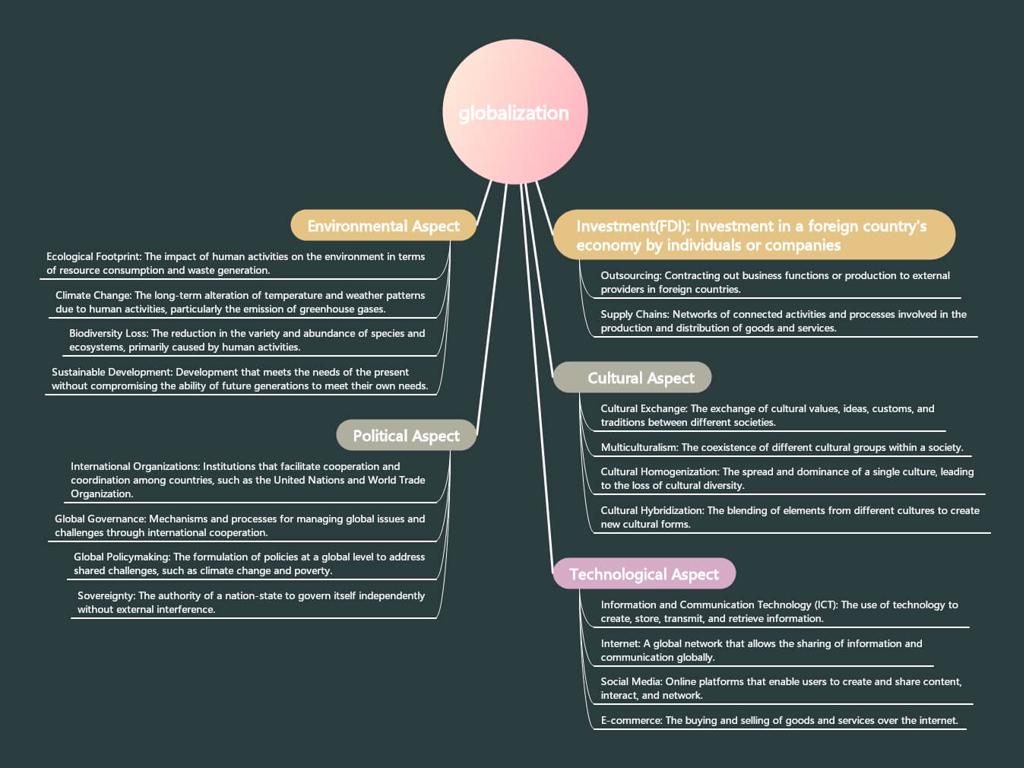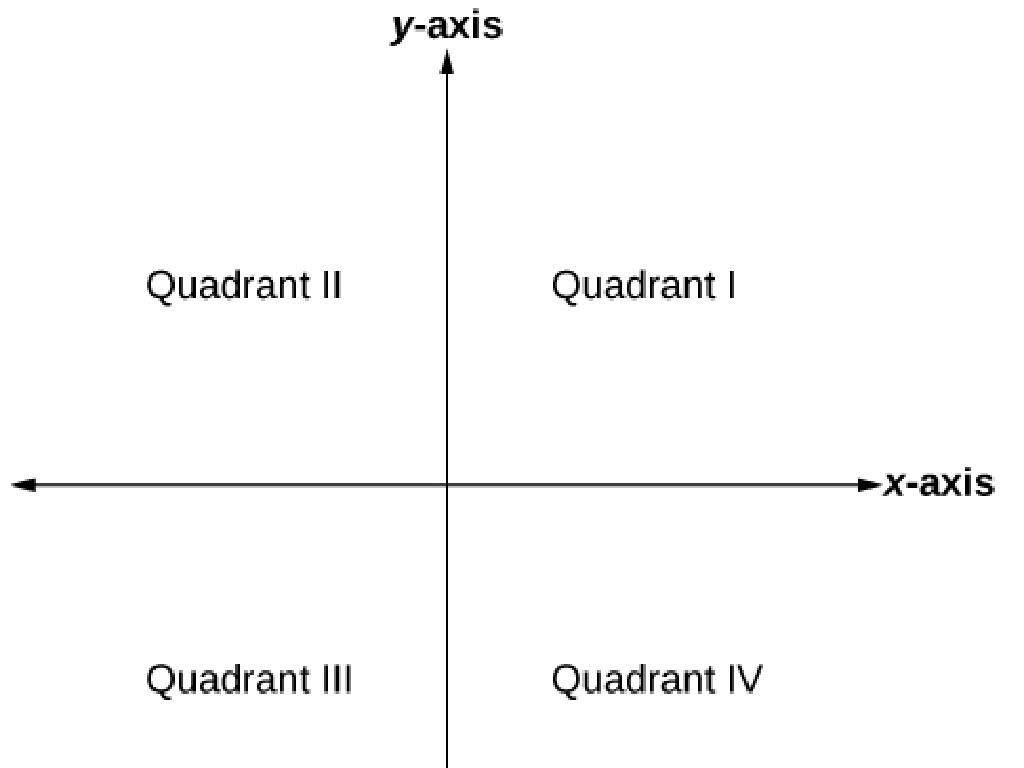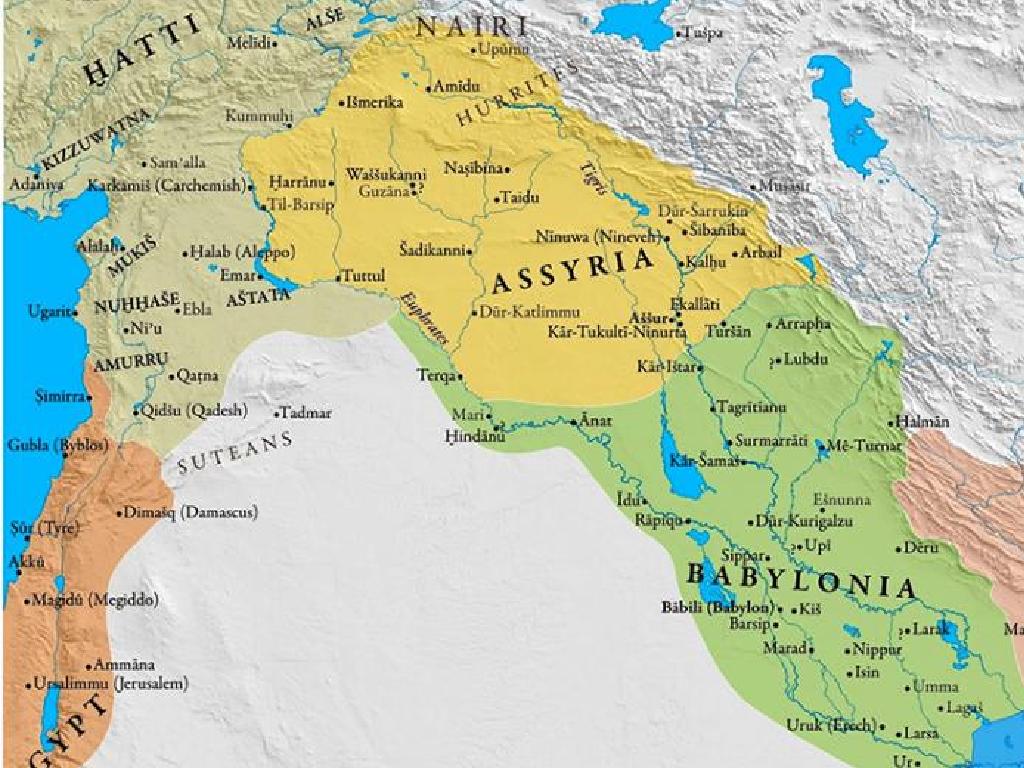What Decimal Number Is Illustrated?
Subject: Math
Grade: Fifth grade
Topic: Decimal Place Value
Please LOG IN to download the presentation. Access is available to registered users only.
View More Content
Welcome to Decimal Place Value!
– Basics of decimal numbers
– Decimals represent parts of a whole number
– What are decimal numbers?
– A number with a decimal point, like 3.14
– Decimal places: tenths, hundredths
– ‘Tenths’ is the first place after the decimal, ‘Hundredths’ is the second
– Visualizing decimal place values
– Use grids or number lines to see how decimals work
|
This slide introduces students to the concept of decimal numbers and their place values. Begin by explaining that decimals are a way to express fractions and parts of a whole in a different format. Illustrate what decimal numbers look like and how the decimal point is used to separate the whole number part from the fractional part. Emphasize the names of the decimal places tenths, hundredths, and thousandths and their significance. Use visual aids like grids divided into 10, 100, or 1000 parts to help students visualize how much each decimal place is worth. Encourage students to think of money as a real-life example, where one dollar is a whole and cents are parts of the dollar, represented in hundredths.
Visualizing Decimals with Base-10 Blocks and Number Lines
– Base-10 blocks show decimals
– Each block represents a decimal place, like tenths or hundredths
– Number lines help understand place value
– Points on a line correspond to decimal values, clarifying their size
– Real-life examples of decimals
– Money uses decimals: $1.50 means 1 dollar and 50 cents
– Practice with everyday decimal usage
|
This slide introduces students to the concept of visualizing decimals using base-10 blocks and number lines, which are essential tools for understanding decimal place value. Base-10 blocks provide a tangible way to represent tenths, hundredths, and so on, making it easier for students to grasp the concept of decimals. Number lines are another visual aid that helps students see the relative size of decimals and understand how they fit into the place value system. Real-life examples, such as money, help students connect the concept of decimals to everyday experiences. Encourage students to think of other examples where they encounter decimals and to practice identifying and using decimals in various contexts.
Understanding Decimal Numbers Through Models
– Read and write decimals from models
– Visual models help us see the value of each place.
– Match models to their decimals
– Look at the shaded parts to find the decimal number.
– Group practice with decimal models
– Work together to identify decimals in different models.
|
This slide is aimed at helping students understand decimal numbers by using visual models. Begin by explaining how each part of a model represents a place value in a decimal number. Show examples of models and demonstrate how to read and write the decimal they represent. Then, have students practice matching various models to the correct decimal numbers. For group practice, provide different models for students to work on together, encouraging discussion and collaboration. This will help solidify their understanding of decimal place values and how to interpret them from visual representations. Make sure to walk around the classroom to assist groups as needed and to ensure that all students are engaged in the activity.
Breaking Down Decimal Place Value
– Learn the place value chart
– A chart that helps us see the value of each position in a decimal number.
– Value of decimal digits
– Each digit has a value based on its position, like tenths, hundredths.
– Writing decimals from charts
– Convert the visual chart into a written decimal, e.g., 0.3 for 3 in the tenths place.
– Practice with examples
|
This slide introduces students to the concept of decimal place value. Start by explaining the place value chart and how each place represents a different value (tenths, hundredths, thousandths, etc.). Emphasize the importance of the position of a digit in determining its value. Provide examples of how to write decimals using the place value chart, and then give students practice problems where they write out decimals based on provided charts. Encourage students to explain their reasoning as they determine the value of each digit in a decimal. This will help solidify their understanding of decimal place value and prepare them for more complex operations with decimals.
Comparing and Ordering Decimals
– Compare decimals using place value
– Look at the highest place value to start comparing
– Order decimals from least to greatest
– Line up the decimals and compare digits from left to right
– Class activity: arrange decimals
– Use the decimals provided to practice ordering
|
Begin by explaining the concept of place value in decimals and how it is used to compare two or more decimal numbers. Emphasize that students should always start comparing from the highest place value, moving to the right. For ordering decimals, teach the students to line up the numbers by the decimal point and then compare each digit from left to right. For the class activity, provide a list of decimal numbers and have the students arrange them from least to greatest. This will help reinforce their understanding of place value in decimals. Possible activities could include using number cards, interactive whiteboard exercises, or a worksheet with a mix of decimal numbers to sort.
Let’s Play a Decimal Place Value Game!
– Understand game instructions
– Work in pairs for the challenge
– Partner up to help each other out
– Match decimal models to numbers
– Use the models to find the right decimal
– Share and compare answers
|
This interactive game is designed to help students understand decimal place values through a fun and engaging activity. Students will work in pairs to match visual decimal models to their corresponding number representations. This collaborative approach allows students to challenge each other while providing support. After matching the models to numbers, each pair will share their answers with the class to see who got it right, fostering a friendly competitive environment. As a teacher, facilitate the game by ensuring each pair has a set of decimal models and number cards. Walk around to assist and encourage discussion. Possible activities include matching cut-out decimal grids to written numbers, ordering decimals from least to greatest, or finding equivalent decimals. This will reinforce their understanding of decimals in a visual and interactive way.
Class Activity: Create Your Own Decimal Model
– Use materials to build decimal models
– Present your model to the class
– Explain the decimal your model represents
– For example, if you use 10 blocks, 7 could be whole and 3 half to represent 7.3
– Discuss and understand all models
|
In this hands-on activity, students will create physical models to represent decimal numbers, helping them visualize decimal place value. Provide students with materials such as base-ten blocks, beads, or drawings to construct their models. Each student will then present their model to the class and explain which decimal number it represents, reinforcing their understanding of decimals. After presentations, lead a class discussion to review the models, ensuring that students can recognize and explain the place value of decimals in each model. Possible variations for the activity could include using different materials, working in pairs, or challenging students to represent more complex decimals.
Wrapping Up: Decimal Place Value
– Recap of decimal place value
– Reviewed how to determine the value of decimals
– Homework: Decimal identification worksheet
– Practice with examples like 0.5, 0.75, and 0.125
– Next class: Adding & subtracting decimals
– Get ready to learn how to combine and separate decimals
|
As we conclude today’s lesson, ensure that students have a solid understanding of decimal place value, which is crucial for their success in future topics. The homework worksheet will provide additional practice in identifying decimal values, reinforcing today’s learning. Encourage students to attempt the worksheet independently, using context clues from today’s lesson. In the next class, we will build on this foundation by exploring how to add and subtract decimals, an essential skill in mathematics. Prepare different examples and strategies to help students grasp the concept of combining and separating decimal numbers.






